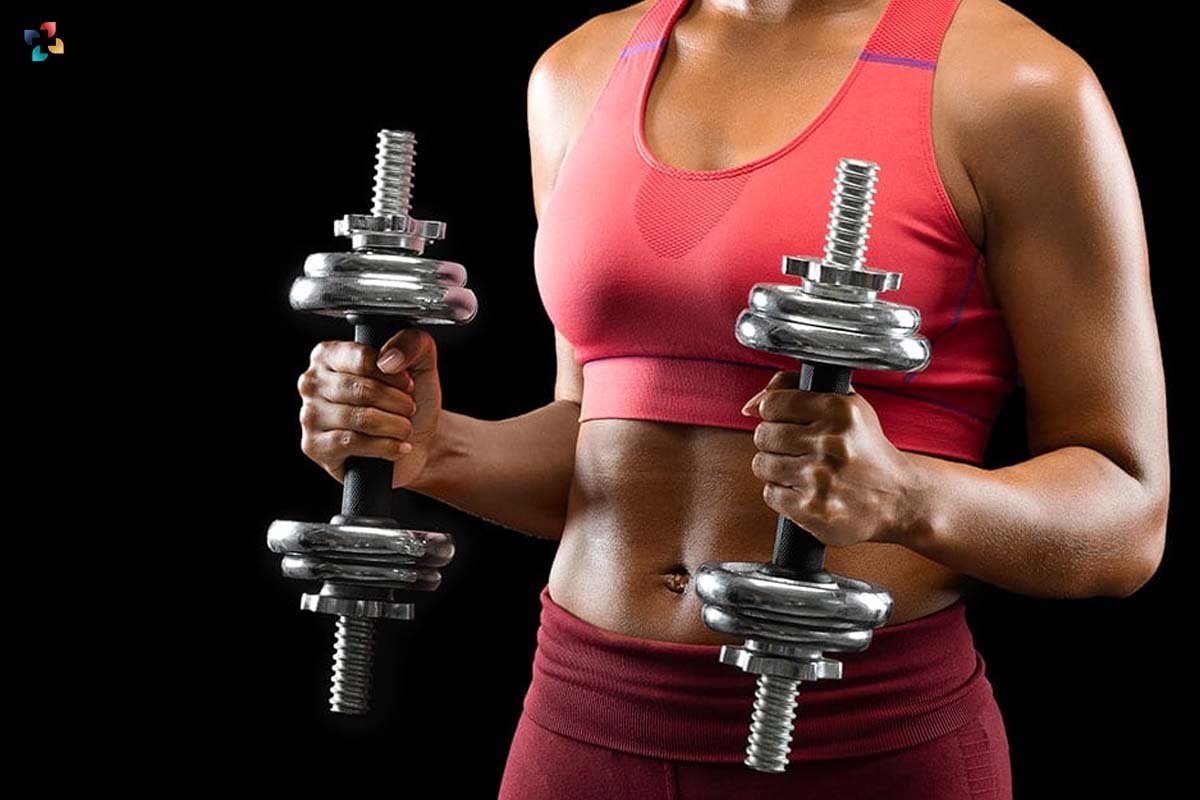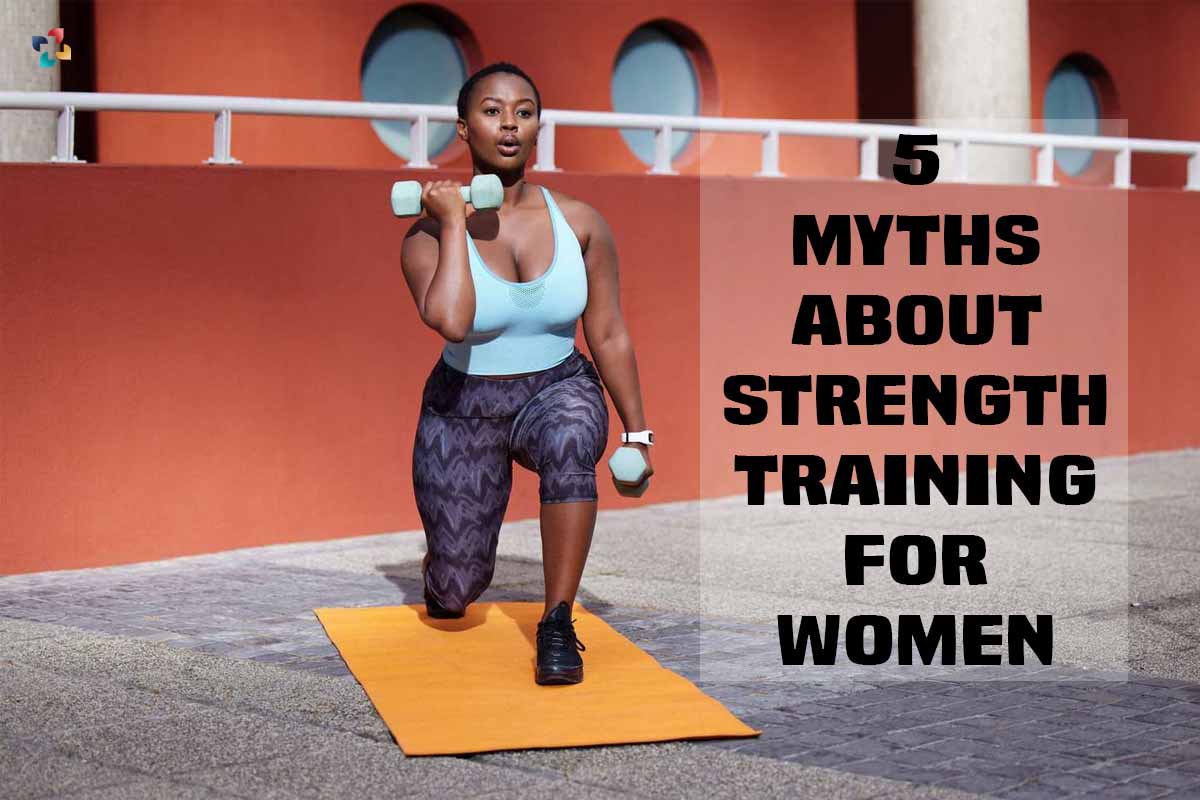There seems to be a lot of material on exercise for women that is based on baseless beliefs, if not blatant falsehoods, rather than reality or scientific data. To assist clear up the misconceptions around women’s strength training, ACE is introducing a stronger campaign to educate the public on what is true and what is not when it comes to Strength Training for Women.
In this article, I’ll go through the most frequent misconceptions and explain why they’re false. While it’s simple for me to write about the science behind the myths, I lack the genetic makeup to provide a first-hand account of how weightlifting has changed my fitness regimen.
That’s why I invited a few strong women to share their thoughts on how Strength Training for Women has changed their life, and their responses are contained throughout this blog.
Here are 5 Myths About Strength Training for Women;
1. Women should not lift more than 3 pounds of weight.
Because of this fallacy, many women avoid resistance training out of an illogical fear of becoming too muscular. The truth is that although women may lift a fantastic amount of weight, they do not grow lean muscle mass at the same pace as men.
Women generate far less testosterone than males due to the physiology of the female body. That instance, adding two days of resistance training to a weekly workout plan will increase lean muscle growth but not pounds of “bulky” muscle.

Strength Training for Women may lead women to create more somatotropin (also known as human growth hormone), but this is not a negative thing when you consider that growth hormone helps metabolize fat and is thought to be an essential element in reducing the impacts of the biological aging process.
2. Women should avoid using weights since they will get large and fat.
In my more than 15 years of working in the fitness business, I’ve heard this many times as the major reason why ladies don’t want to exercise with big weights. There are innumerable photos in the media of female bodybuilders or actresses with very strong bodies. It should be mentioned that to obtain the muscle-bound look of a Xena: Warrior Princess, years of training, adequate diet, and “supplementation” are required.
Lifting weights five or six days a week, along with a lot of food, may help women improve their lean muscle mass. Adding an additional day of Strength Training for Women or grabbing the heavier dumbbells will not transform a lady into a muscle-bound she-hulk.
3. Aerobic exercise is the most efficient method of fat loss.
Because fat is the major macronutrient used to fuel muscular activity during low-intensity physical exercise, the concept of exercising in the “fat-burning” zone is scientific. But bear in mind that you’re now in the so-called fat-burning zone while you read this.
Traditional aerobic activity, such as jogging, cycling, or utilizing standard health club equipment, may be helpful for burning energy, and at lower intensities, the body will metabolize more fat for energy. Exercising at a higher intensity or doing brief, high-intensity work periods, on the other hand, might result in a larger overall quantity of calories spent throughout a workout.

For every liter of oxygen absorbed, the body expends 5 calories of energy. The legs are the major muscles involved during most conventional aerobic exercises. A full-body, strength-training circuit that includes movements for both the upper and lower body may engage a significant amount of muscular tissue, resulting in more calories expended throughout a workout.
When Strength Training for Women burns more total calories, more calories are processed from fat than when merely exercising in the “fat-burning” zone. Aerobic exercise may be an effective method to burn calories, but it frequently does not give enough stimulation to grow lean muscle mass, which is physiologically more efficient since it burns calories even when the body is at rest.
Furthermore, circuit training with substantial resistance may enhance excess post-exercise oxygen consumption (EPOC), which means your metabolism remains raised after exercise and you continue to burn calories hours later.
4. The ideal technique to “tone up” is to use a mix of low weights and high repetitions.
Ugh. That could not be farther from the truth. Light weights may help improve muscular tissue strength and endurance. However, neither low-weight exercise nor aerobic endurance training stimulates the muscle fibers responsible for development and definition. Activating type II (fast twitch) muscle fibers with high weights or explosive movements is the most effective approach to produce muscular development and definition.
The body has two kinds of muscle fibers: slow twitch and rapid twitch. Slow-twitch fibers utilize oxygen to create energy and are needed to sustain lengthy durations of muscular efforts, such as maintaining appropriate posture or endurance training. Because they create energy anaerobically, fast-twitch fibers may generate greater force in a shorter amount of time.
When it comes to muscular definition, which is a frequent Strength Training for Women aim, fast-twitch fibers are responsible. (Click here for a detailed explanation of how to build lean muscle.) Light weights may be utilized to train for definition if (and only if) the muscle is pushed to exhaustion (that is, you are unable to execute another single repetition). Lifting 5 pounds for 12 repetitions is insufficient to trigger fast-twitch fibers if you can accomplish a 13th repetition.
5. You Can Lose Weight in Specific Areas

Many women assume that they may weight train in certain regions of the body to help lose fat in that specific place. Our bodies are incapable of reducing fat in precise, targeted locations. Our bodies are naturally prone to accumulate fat in certain locations in a specific sequence.
When the body begins to lose weight, it will also shed fat in a certain sequence. When women weight train to target certain regions (for example, performing 100 crunches every day to lose stomach fat), it does not speed up fat loss in that area.









